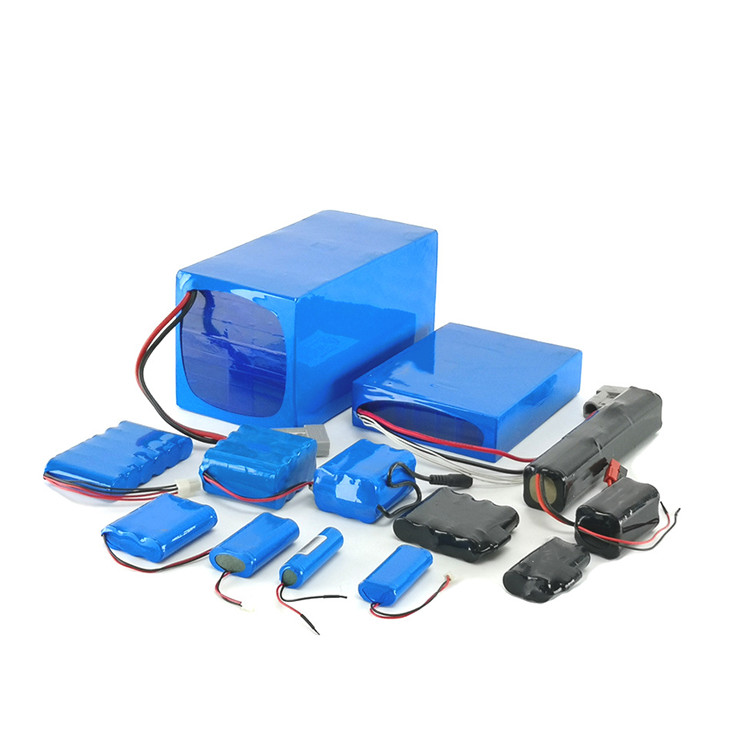What are the types of lithium-ion battery cathode materials?
May 28, 2021
Power batteries (lithium – ion batteries) are the heart of new energy vehicles. Generally speaking, the cost of power batteries accounts for about 40% of the new energy vehicles. The cathode material is the core of power batteries, which also cost about 40% in power batteries.
The selection of the positive electrode material directly determines the performance of the battery. Because positive materials have a great impact on battery performance, many researchers are committed to developing higher performance positive materials, such as lithium nickel nickel ate, lithium cobalt ate, lithium titanate and so on.
1、 lithium – nickel oxide. Lithium nickel oxide is mainly represented by lithium nickel acid, product characteristics are similar to nickel cobalt oxide, but the price is lower than nickel cobalt oxide, because of its large energy density, can reach 274mAh/g, is the ideal high energy density of lithium ion battery cathode material, but its safety performance is too poor, and the cycle number is relatively low, so the use of lithium nickel acid as lithium ion battery cathode material manufacturers are not much.
2、 lithium – cobalt oxide. Lithium cobalt oxides are mainly represented by lithium cobalt acid, with five high characteristics, namely, high energy density, high price, high power, high commercialization degree, high cycle life and serious lack of cobalt salt in China, and cobalt salt needs to be imported.
3、 lithium – titanium oxide. The typical representative of lithium titanium oxide is lithium titanate, and Zhuhai Yinlong occupies the leading position in this field. The advantage of lithium titanate is fast charging, and the disadvantage is small energy density, which needs to charge to run for a period of time. Another advantage is safety, and the third advantage is that you can reach 20, 000 cycles.
4、 nickel – cobalt multioxide. This is the commonly called multiple oxides, the most common lithium nickel – cobalt manganate and lithium nickel – cobalt aluminate, including lithium nickel – cobalt manganate 111, 123, 622, 811, but lithium nickel – cobalt aluminate is not so popular. This technical route is mostly provided to Tesla by Panasonic, of which lithium nickel is 0.8 to 0.15 to 0.05.
5、 lithium – manganese oxide. Lithium manganese oxides are mainly represented by lithium manganese manganate, lithium permanganate, rich resources in China, and products are also the hot spot of research, LiMn2O4 has its high energy density, but the stability is greatly reduced, especially under high temperature conditions, LiMn2O4 is unstable, but its main advantages are obvious, product pollution and good safety performance.
6、 lithium – iron phosphate oxide. The main representative of lithium iron phosphate oxide is lithium iron phosphate, with the balanced performance of all parties, non – toxic and no pollution, and the circulation number is not less than 2, 000 times. As the power energy of passenger cars, the safety performance is of the high level.
In addition, the cathode candidate materials of lithium – ion battery can be divided into three categories according to the structure: (1) LiMO2 (M =Co、Ni、Mn) cathode material of layered structure; (2) LiMn2O4 cathode material of spinel structure; and (3) LiFePO4 cathode material of olivine structure.








 Sales
Sales Sales
Sales Sales01
Sales01
 Sales Manager
Sales Manager